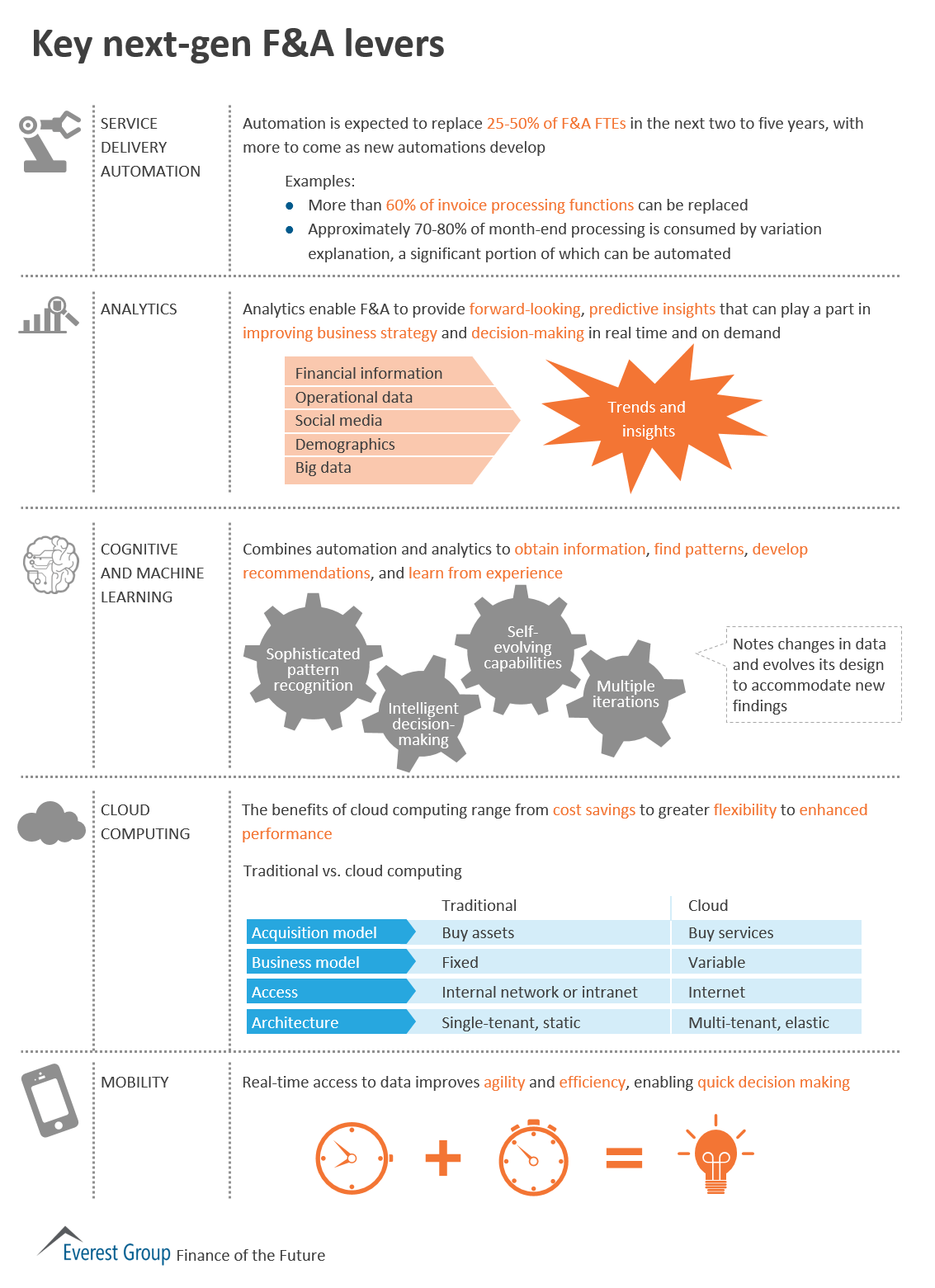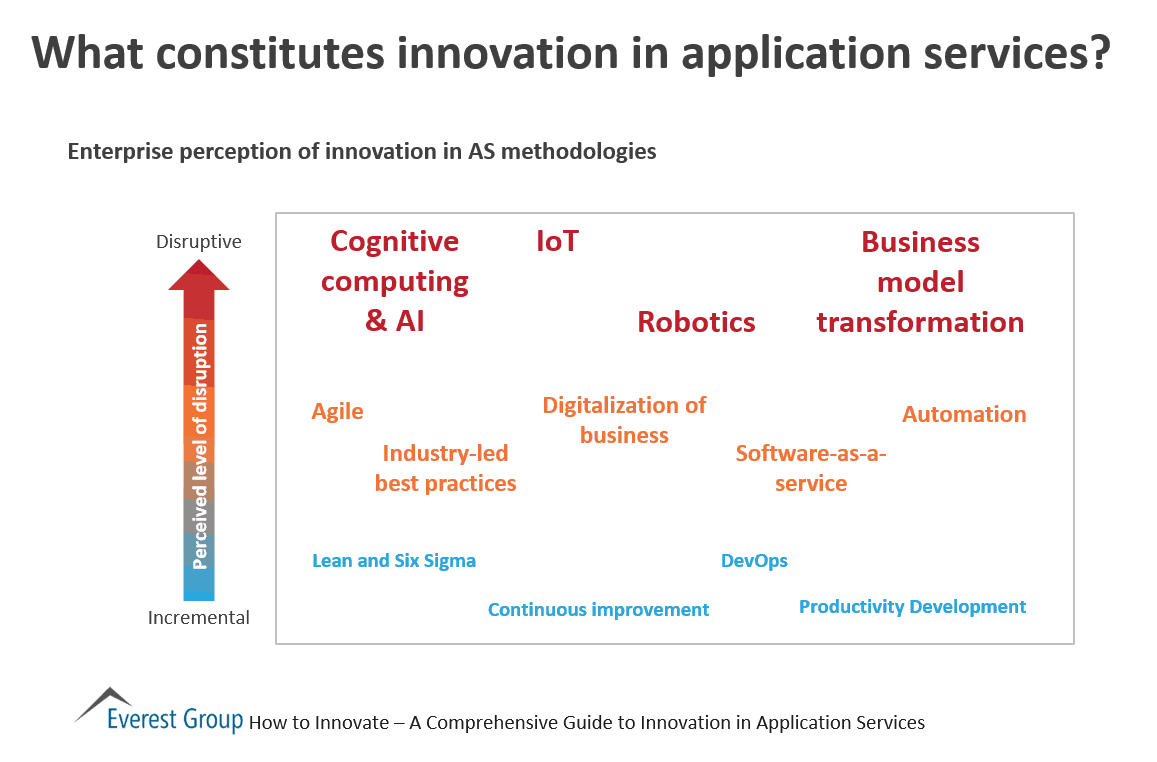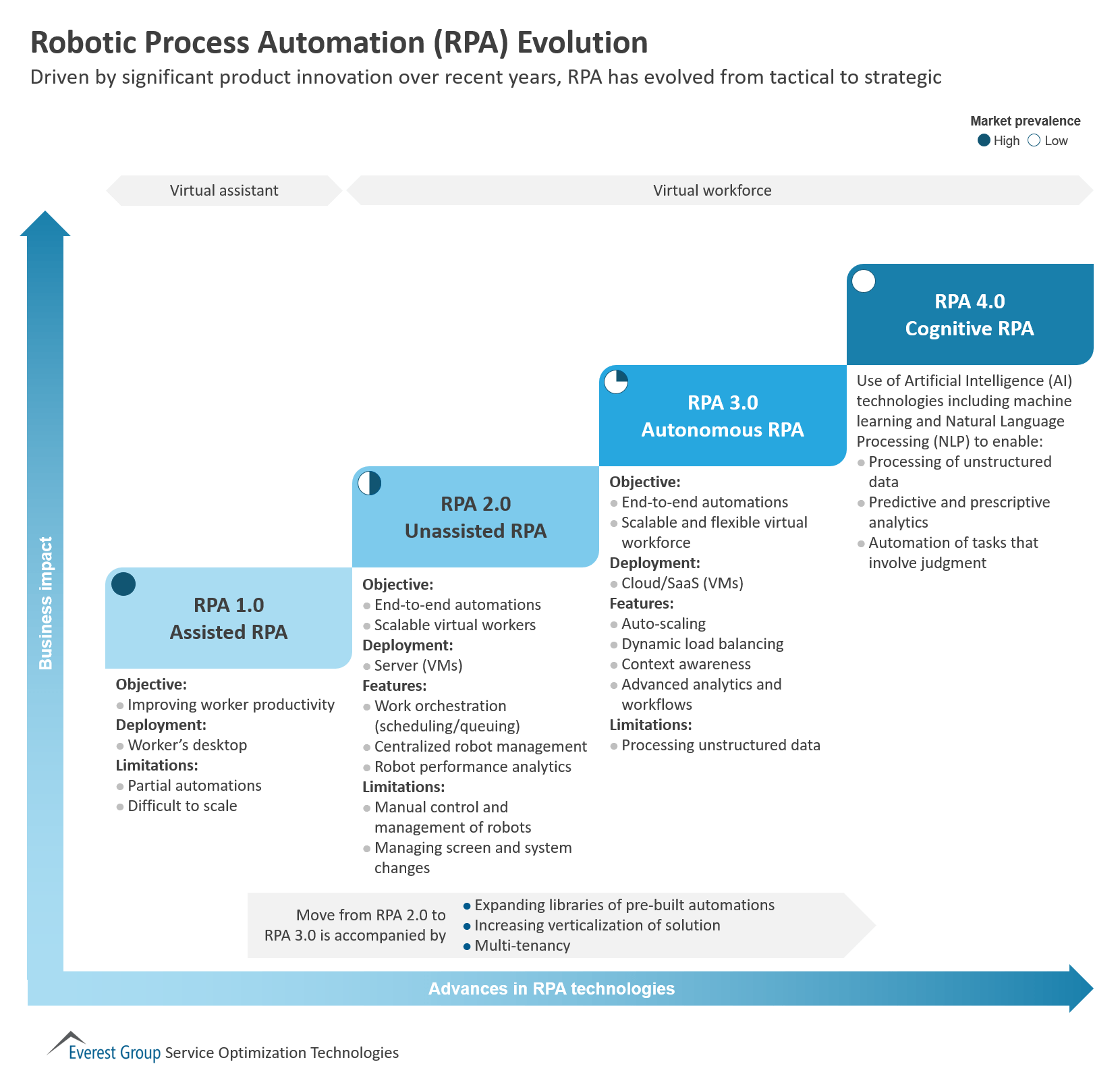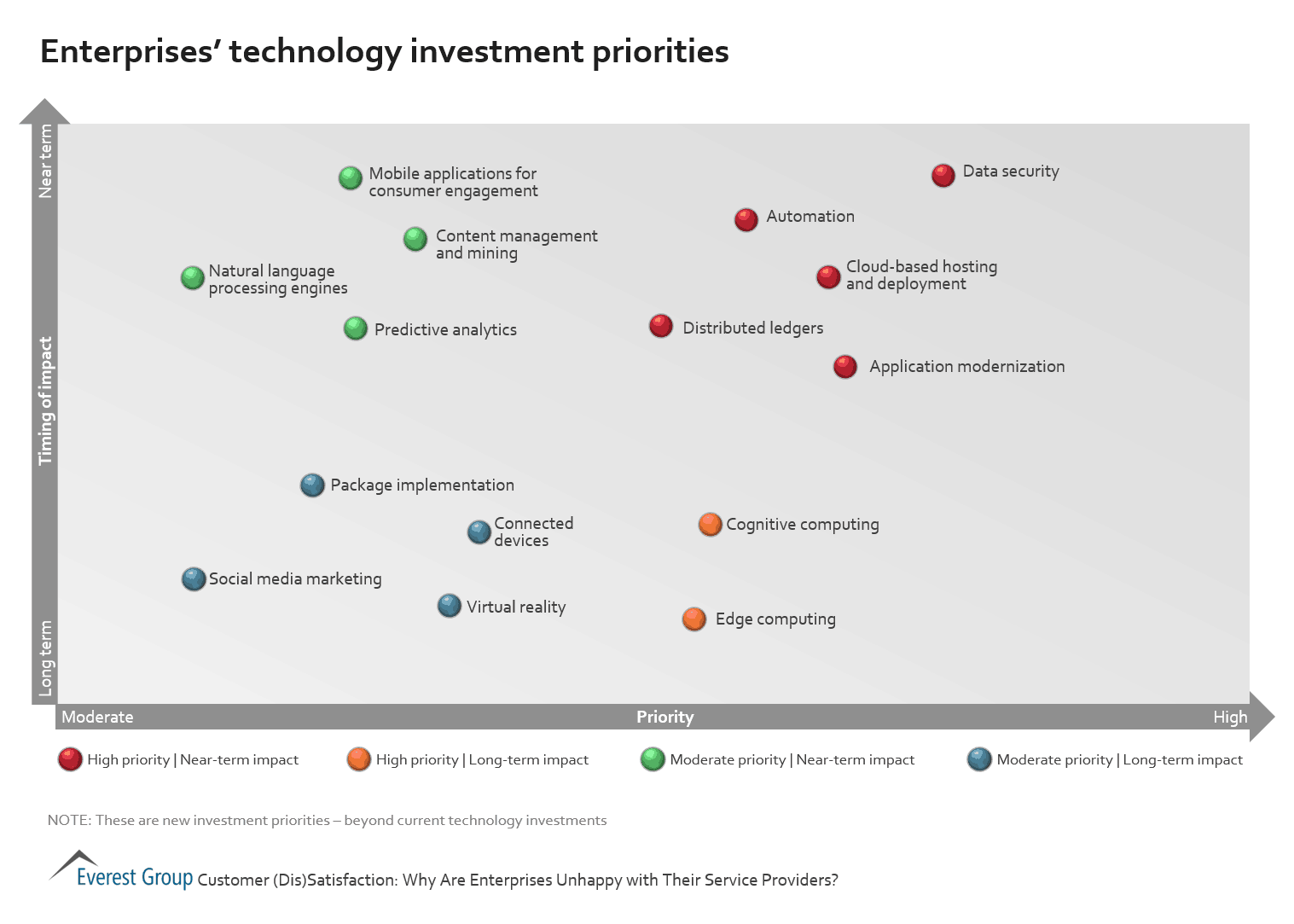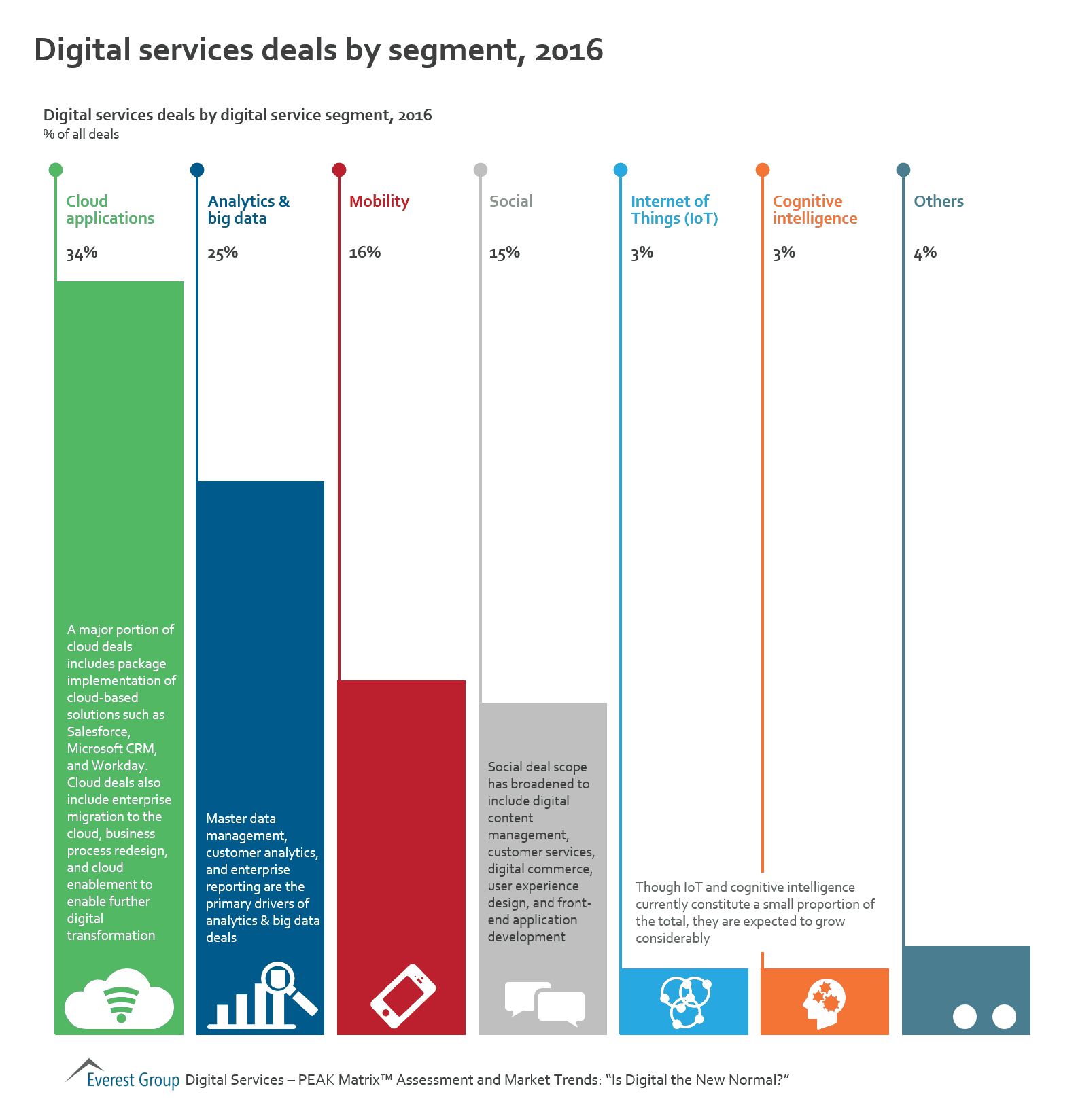June 2, 2015
I had the privilege of being at IBM and seeing first hand Watson working on powerful use cases. I must say, even now after a few days of reflecting on it, I think I’m even more impressed with its power and capability than when I was at IBM and saw Watson in use. If, like me, you spend two hours with Watson, you will get a glimpse at our future. It’s highly likely that within five to 10 years all of us will use some kind of cognitive computing to assist us in our daily lives. But I believe there is a major challenge.
Just a quick refresh: Watson is cognitive computing, a form of artificial intelligence. Previously I did not understand the way it will be deployed; it will augment human decision making, not replace people. That’s not to say that an individual assisted by Watson won’t be able to do the work of many more individuals. At least at this stage of development cognitive computing makes humans more capable and smarter.
For example, I saw Watson working as a companion to an oncology doctor, helping him perform more thorough diagnostics. In the situation I observed, the oncologist was able to cut the diagnosis and testing process from six days down to two hours. That doctor was far more effective because Watson can explore many more options and present hypotheses and data to the doctor and medical team than they could have explored on their own (plus it would have taken far more time for them to do it). In addition, it’s not hard to believe that the team would be more likely to do a better diagnostic with Watson as companion than they could achieve through traditional techniques.
With all that being said, I think Big Blue faces a major challenge with Watson at the moment: Watson is a solution looking for a problem.
As I understand it, IBM invested over a billion dollars in Watson’s development. On TV we saw Watson defeat a chess Grandmaster and then win on “Jeopardy.” However, now Watson needs to make the journey to operate in the real world of business problems.
These use cases and applications are still undefined and will emerge over time. It is, in fact, the challenge of problem definition and incremental adoption that stands in the way of progress. It’s easy to imagine that there are limitless applications for Watson; but for Watson to take off quickly, we need to identify big issues with large payoffs. Without these game-changing applications we will wait for several years for cogitative computing to make the contribution that it is clearly capable of.
To recover its billion-dollar investment and create a market for cognitive computing, IBM has every incentive to hasten the adoption. However, it has yet to identify the break-through problems that will drive rapid adoption. It is all very well to believe that the power of the technology will inevitably drive adoption; but if cognitive computing is like other disruptive technologies, it will come slowly and in spurts.
Where does cognitive computing fit?
To hasten adoption, my best – and unsolicited – advice to IBM is to identify big business problems where Watson can make a structural change and drive massive benefits. Clearly, working as a companion to oncologists is such an area. And given that healthcare is 20 percent of the U.S. GDP that alone may be worth the journey.
But for enterprises beyond healthcare, I feel challenged as to what other big structural changes Watson and cognitive computing could provide.
I strongly suggest that you find a way to experience Watson’s power. It’s is so powerful that I, like IBM, am struggling with where we should take it.
As I’ve pondered its possibilities, I think underwriting and the claims process in the insurance sector holds tremendous opportunities. And within IT, I think the service desk and problem solving that IT departments contend with could be dramatically enhanced with this technology. With a cognitive computing tool as their companion, they could deliver a higher quality of service and greatly improve productivity. Clearly the area of security would benefit substantially as we find ways to keep the black hats out of our data.
I’m very interested in other points of view as to where we can put cognitive computing to work, so please add your comment below.
Photo credit: Wikipedia

